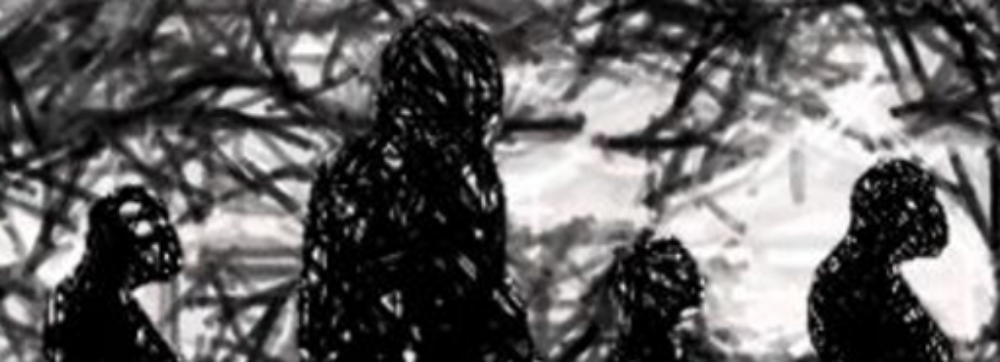Marta Sibierska, Monika Boruta-Żywiczyńska, Przemysław Żywiczyński and Sławomir Wacewicz
The recent popularity of pantomimic theories of language origins has not so far been complemented with corresponding empirical work, and only very few empirical studies on the communicative effectiveness of pantomime remain available (Brown et al. 2019, Zlatev et al. 2017). To help fill in this gap, we conducted a comprehensive exploratory investigation with a view to identifying structural and functional aspects of pantomime that decide if pantomimic performance is successfully understood. We have presented 16 Polish and 16 Italian participants (“actors”) with a series of images showing simple transitive agent-action-patient events (such as “girl–push–boy”), and we videorecorded the actors re-enact these actions. The resulting recordings were then shown to 60 Polish and 60 Italian “guessers” who were asked to match there-enactments with the images. Although all the “actors” were given the same instructions, their re-enactments differed in terms of the number of articulators, the structure of movement, or the scope of transmitted information. For analysis, we picked two subsets of recordings: the least successful re-enactments (i.e. with mean guessability =0; n=23) and the most successful re-enactments (i.e. with mean guessability =1; n=33). Adopting insights from gesture and semiotic studies (e.g. Brownetal. 2019; McNeill 1992; Müller 2014; Zlatev and Andrén 2009; Żywiczyński et al. 2018), we established a range of features of interest, in particular repetition, redundancy, modes of depiction (sensu Müller 2014), emotional valence, age and sex markers, inclusion of salient elements from an image, image mapping, the number of articulators used by the actors, and the structure of their re-enactments (meaning-unit overlaps). Two expert judges annotated the videos (total n=56) for the said features, with differences in annotations discussed by both judges and resolved consensually. We then compared the distribution of these features in the least vs most successful pantomimes.
Our results indicate that the properties of pantomime most closely connected with primary iconicity and transparency (see Sonesson 1997; Zlatev et al. 2020) have the largest effect on communicative success. Interestingly, repetition (of the same movements, without adding on novel meaning), which we assumed could create noise in pantomimic communication, actually boosted its success. We discuss our observations in the light of the existing definitions of pantomime and its essential properties in language evolution (see e.g. Żywiczyński et al. 2018; Zlatev et al. 2020).
References
Brown, S., Mittermaier, E., Kher, T., & Arnold, P. (2019). How pantomime works: implications for theories of language origin. Frontiers in communication, 4, 9.
McNeill, D. (1992). Hand and mind: What gestures reveal about thought. University of Chicago Press.
Müller, C. (2014). Gesture as ‘deliberate expressive movement’. From gesture in conversation to visible action as utterance, 127–152.
Sonesson, G. (1997) ‘The Ecological Foundations of Iconicity’. In: Rauch, I. and Carr, G. F. (eds) Semiotics around the World: Synthesis in Diversity, pp. 739–42. Berlin & NewYork: Mouton de Gruyter.
Zlatev, J., Żywiczyński, P., Wacewicz, S. (2020). Pantomime as the original human-specific communicative system. Journal of Language Evolution 5(2), 156–174.
Zlatev, J., Andrén, M. (2009). Stages and transitions in children’s semiotic development. In: Zlatev, J., Andrén, M., Johansson-Flack, M., Lundmark, C. (eds.) Studies in language and cognition. Cambridge University Press, Newcastle, pp. 380–401.
Żywiczyński, P., Wacewicz, S., & Sibierska, M. (2018). Defining pantomime for language evolution research. Topoi 37(2), 307–318.

